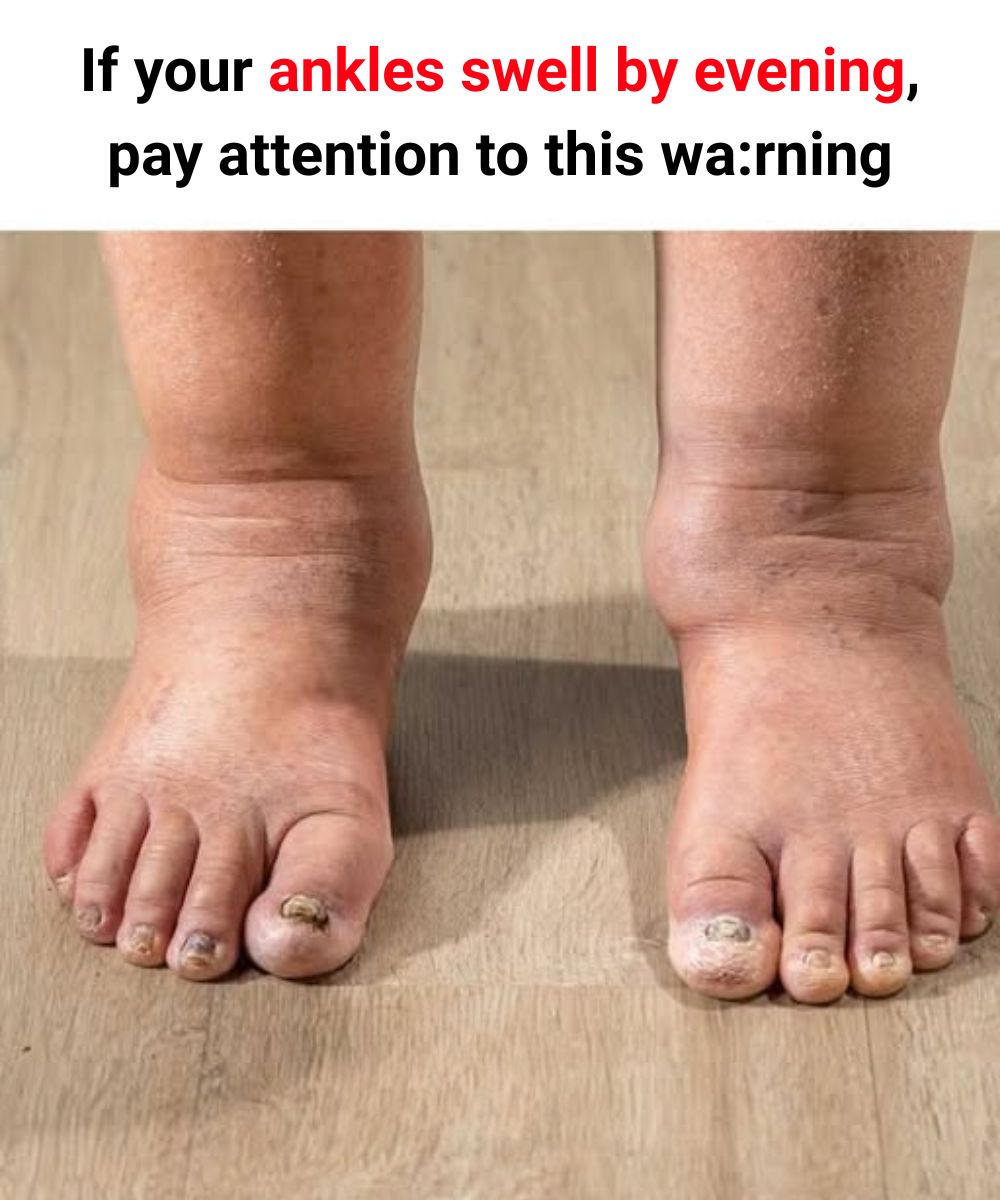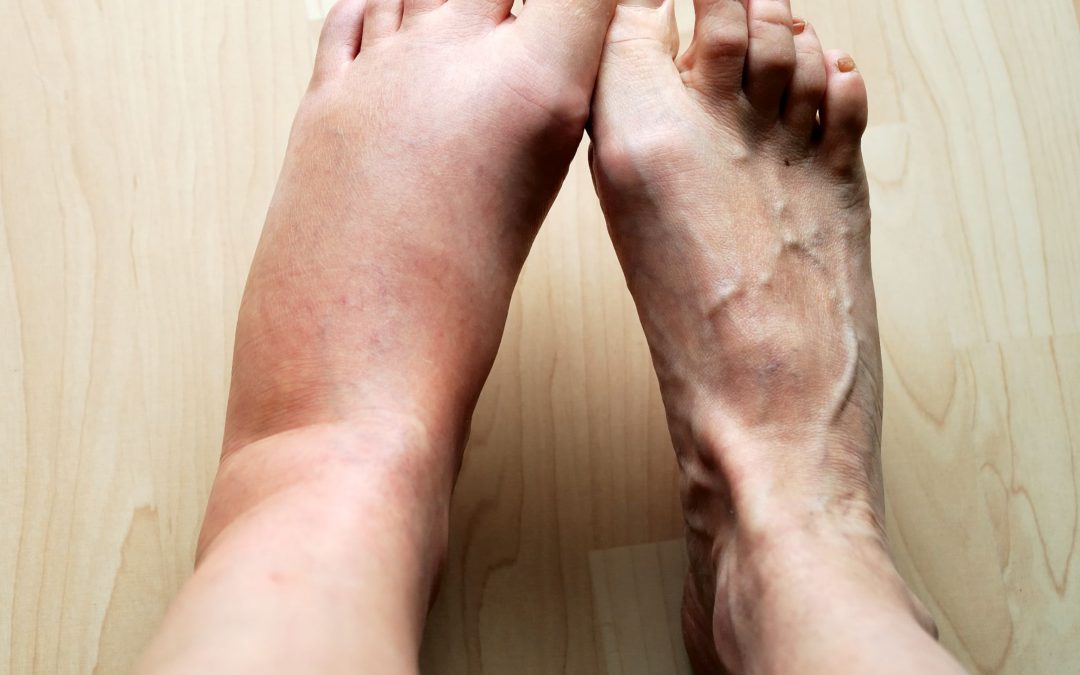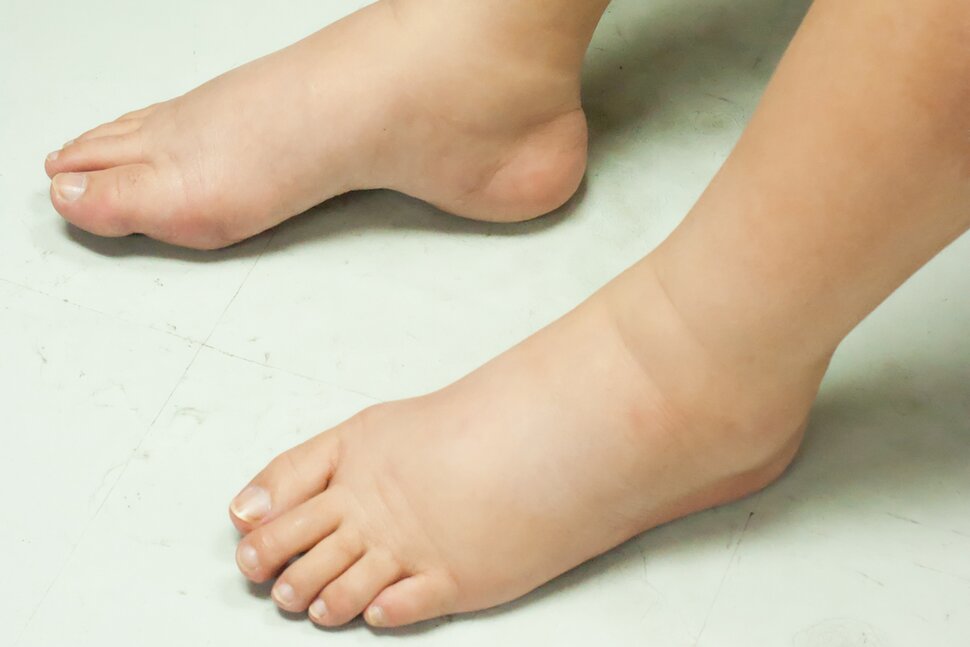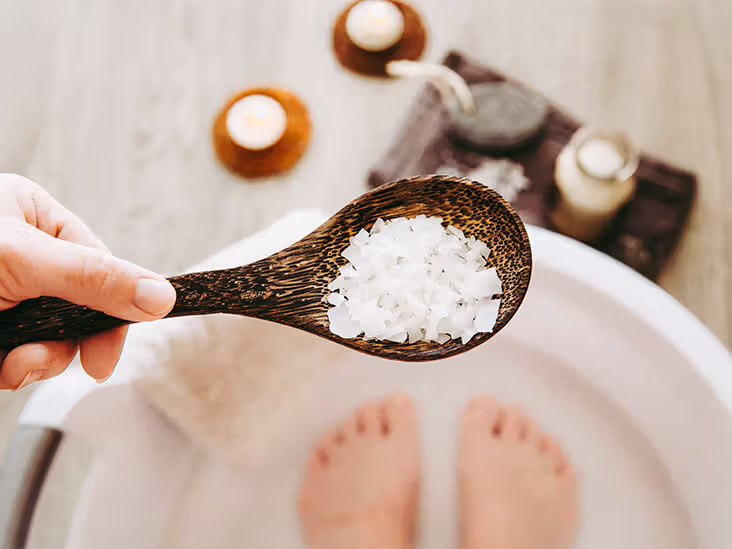
Swollen ankles by evening can be a popular occurrence for many people, often displaced as a minor inconvenience after a long day. However, this signal can sometimes be a war:ning sign of underlying health issues that demand attention.
1. The Science Behind Swollen Ankles
The science of swollen ankles involves understanding how fluid balance is kept in the body. The lymphatic system plays a vital role in draining excess fluid from tissues and returning it to the bloodstream. When this system is overwhelmed or impaired, fluid can gather, leading to swelling.

Capillary permeability, or the ability of small blood vessels to allow fluids to pass through their walls, can also affect swelling. Conditions that boost permeability, such as inflammation or injury, can lead to more fluid leaking into tissues. Additionally, factors like sodium retention can lead the body to hold onto excess fluid, contributing to swelling.
2. Lifestyle Factors That Contribute to Ankle Swelling
Several lifestyle factors can contribute to ankle swelling, including prolonged periods of inactivity, such as sitting at a desk or standing for long hours. This can curb circulation and cause fluid to pool in the lower extremities.
Dietary habits, such as consuming high-sodium foods, can also lead to water retention and swelling. Additionally, wearing tight clothing or shoes that restrict bl00d flow can aggravate the issue. Keeping a balanced lifestyle with regular movement and a healthy diet can help alleviate these factors.
3. Medical Conditions Connected to Swollen Ankles

Swollen ankles can be a symptom of various medical conditions, some of which require prompt attention. Heart failure, for instance, can cause fluid to increase in the lower extremities because of the heart’s inability to pump blood effectively. Similarly, kidney disease can lead to fluid retention as the kidneys struggle to refine waste and excess fluid from the body.
4. When to Find Medical Advice
While occasional ankle swelling may not be a reason for concern, there are certain instances where medical advice should be sought. If swelling is sudden, severe, or accompanied by pain, redness, or warmth, it could imply a bl00d clot or infection, both of which demand immediate medical attention.
Additionally, if swelling is persistent and not soothed by home remedies or lifestyle changes, it is crucial to meet a healthcare provider to rule out underlying medical conditions. Early diagnosis and treatment can prevent complications and enhance outcomes.
5. Home Remedies and Lifestyle Changes

There are several home remedies and lifestyle changes that can help ease ankle swelling. Elevating the legs above heart level for 15-30 minutes several times a day can help improve circulation and reduce fluid accumulation.
6. Popular Viral Hacks for Reducing Swelling
In recent years, various viral hacks have applied for reducing ankle swelling. One popular method is the use of Epsom salt baths, which are believed to draw out toxins and reduce inflammation. Soaking the feet in a warm Epsom salt bath for 15-20 minutes can provide relief.
Another trending hack is the use of essential oils, such as peppermint or lavender, which can be rubbed into the skin to enhance relaxation and ease swelling. While these methods can offer temporary relief, they should not alter medical treatment for underlying conditions.















